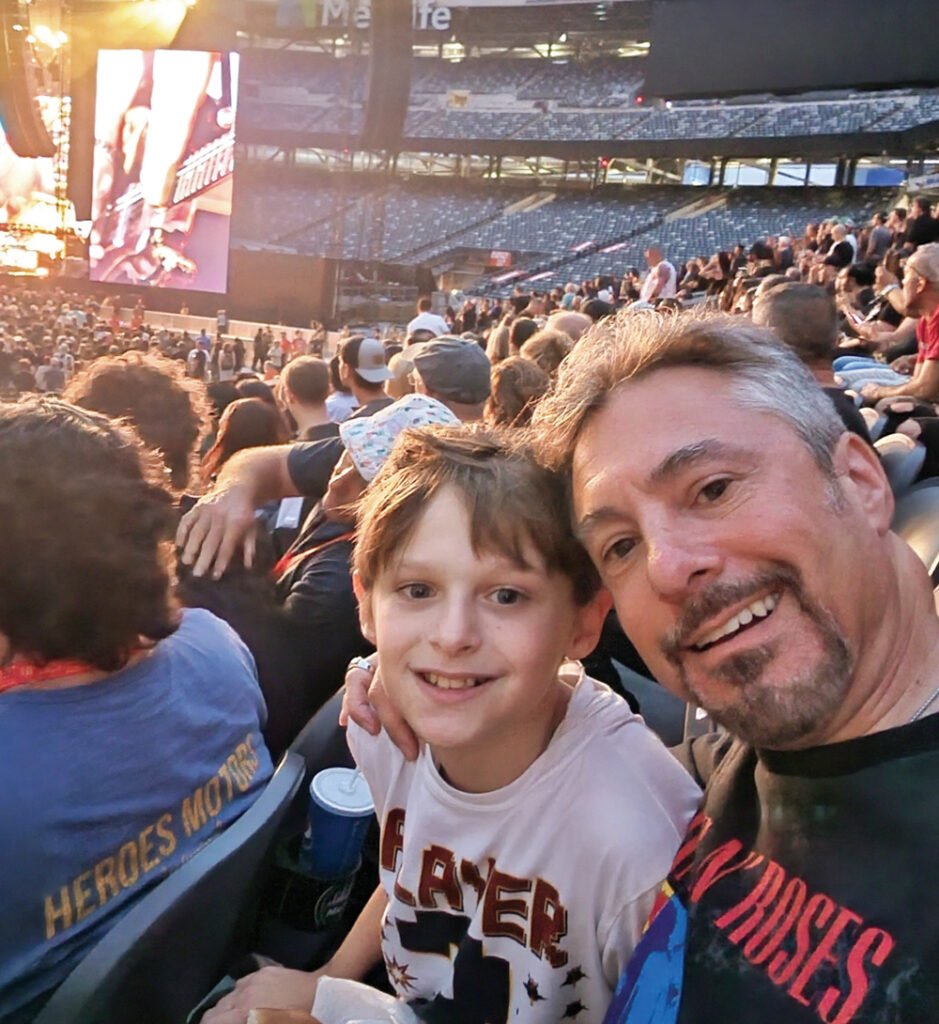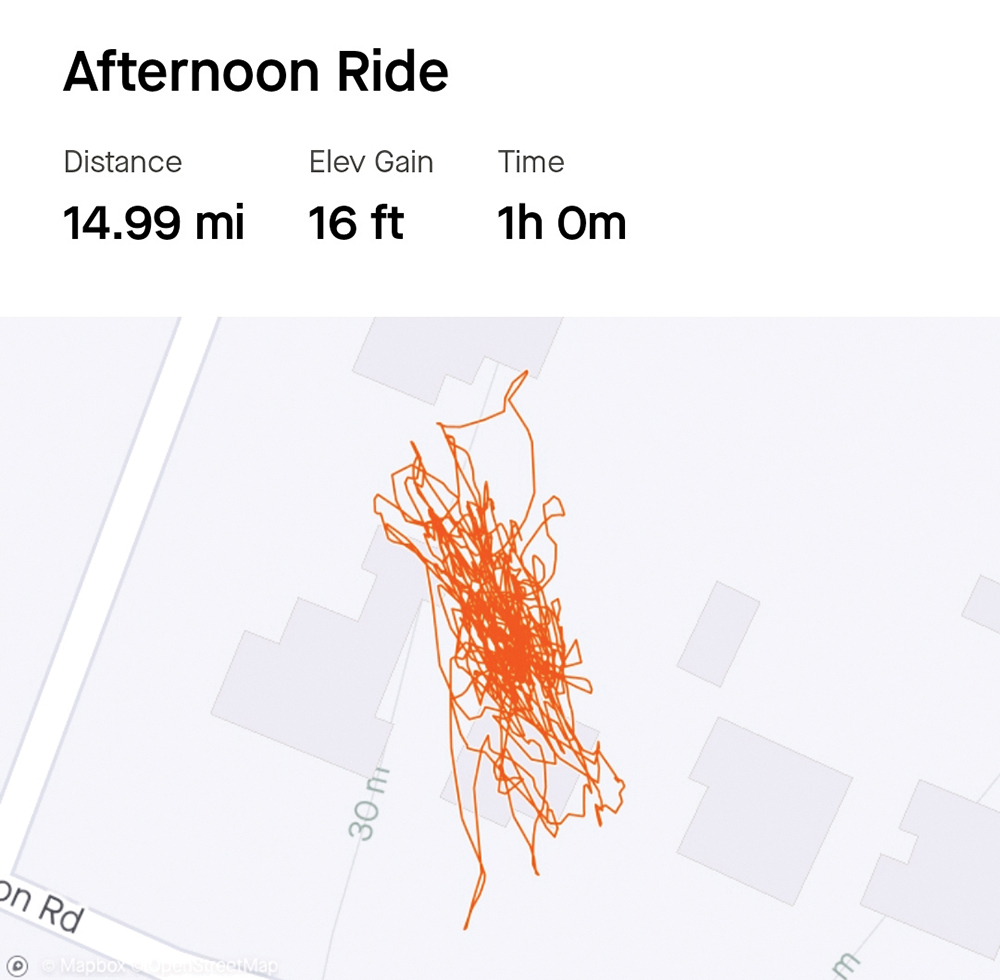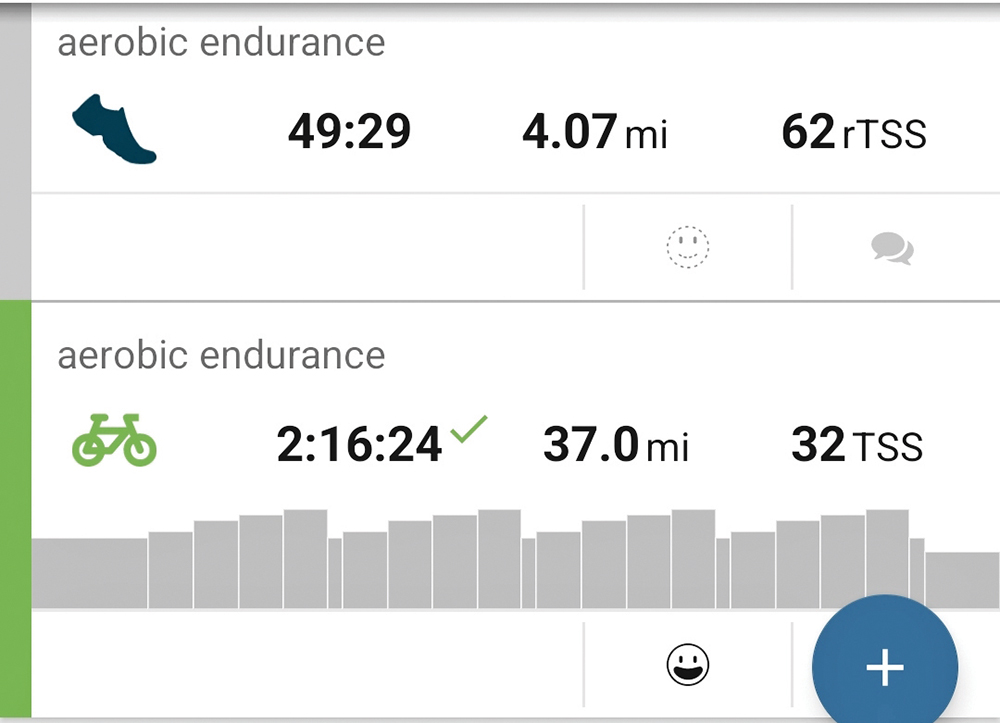
23 Days To Go (August 15)
I needed to relax and focus on what I was doing, not on what I was worried about as race day got ever closer. So, I made a list:
- Pay the price, but don’t count the cost.
- Test out new ideas.
- Relax.
- There weren’t many “new ideas” left to test out after 10 Ironman triathlons in 12 years. When I started this Ironman journey in 2009, there was no way I was going to sit on my bike, inside my house.
(Now?)
Now I love it.
(It sounds so boring.)
I’m in a climate controlled room, with Netflix and a view.
(Of the deer in your backyard.)
And I don’t have to worry about traffic.
Most importantly, I could train for the 13 mile climb of the Ironman World Championships.
(How does one train to climb mountains, sitting on your bike inside your house?)

My bike was mounted on a frame that elevated the back wheel.
(So, you could pedal and go nowhere?)
Quite the opposite. Daniel Sokolow likes to joke that the data looks like I’m riding around my house, and David Mirsky said I look like I’m having a seizure.
(Are you?)
No!
(Do you smell toast?)
Still … no!
What I am doing is racking up mileage while not leaving my house.
(How is that possible?)
As my back wheel spins, the GPS tracks the cadence…
(The what?)
The rotations of the wheel.
(So, how does that help you climb 13 miles into the mountains of France?)
There are two sets of cogs on a bicycle; in the front by the pedals and in the back by the back wheel. The idea of gearing is to use the equipment to make your ride easier. By starting out in the easiest configuration and slowly moving into the most difficult configuration, I would be simulating hill climbing. I started with short duration sets of difficulty and each week since I accepted the invitation to the Ironman World Championships, I made the hardest part longer. This is what we refer to as periodization.
(Huh?)

The National Institute of Health defines as:
“Periodization is defined as the planned manipulation of training variables (load, sets and repetitions) in order to maximize training adaptations and to prevent the onset of overtraining syndrome.”
(Ok, now I am more confused.)
If I make the workout a little bit harder each week, I will get stronger without getting injured.
(You hoped.)
I hoped.
(With three weeks to go, just how long were these rides?)
Two to three hours long.
(But the bike course was 112 miles long.)
Yes, and I knew coming off both Ironman UK and Bike4Chai that I could cover that distance and have the energy to run a marathon after, but I had to build up the strength for that one, 13-mile section.
(So, what is it like simulating hills indoors?)
It is just brutal. Every time the bike computer told me to speed up for the next level, I thought I was gonna die. The sweat was pouring down my face. I was breathing hard. Every time I heard the warning beep telling me I had five seconds to gear up I would curse.
(Didn’t you choose to do this?)
Yes, but I welcomed the challenge. It was like when you put your destination into Waze and it tells you that it was going to take 45 minutes to get home.
“I bet that I can beat that.”
(Could you tell if you were getting stronger?)
No. I had to trust that this was working…
- I needed to relax and by relax, not obsess over the race.
(So, what was your plan?)
Prep for the Half Ironman in Canada and take my mind off the Ironman. I needed a distraction, so I went to see Guns N’Roses with my 11 year old.
(You had tickets?)
Nope. I went online three hours before the show started and bought a pair.
(How expensive?)
At cost. Sometimes you can do that.
(Had you seen them before?)
I saw every tour with the original lineup, beginning with their first tour as an opening act.
(Did you feel old?)
Yes.
(Because you were 55 years old or because you took your 11-year-old?)
Yes.
David Roher is a USAT certified triathlon and marathon coach. He is a multi-Ironman finisher and veteran special education teacher. He is on Instagram @David Roher140.6. He can be reached at TriCoachDavid@gmail.com.










